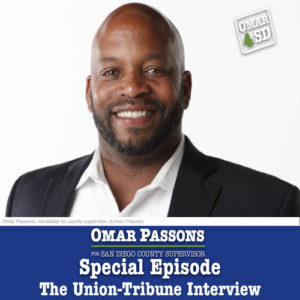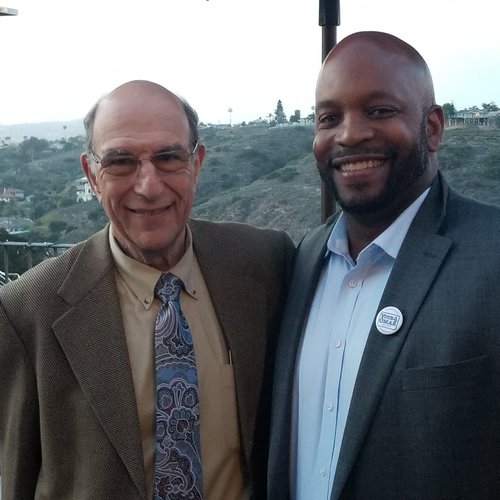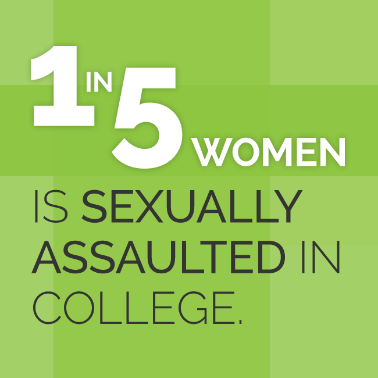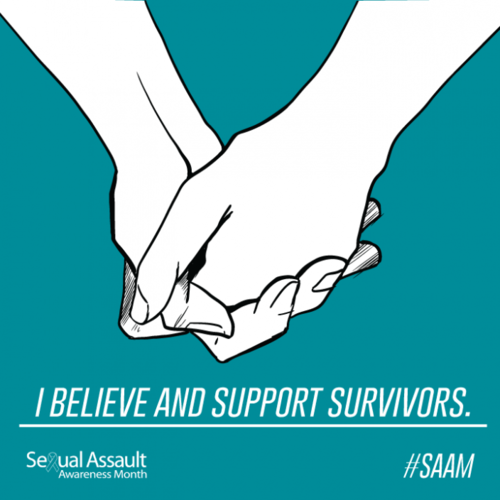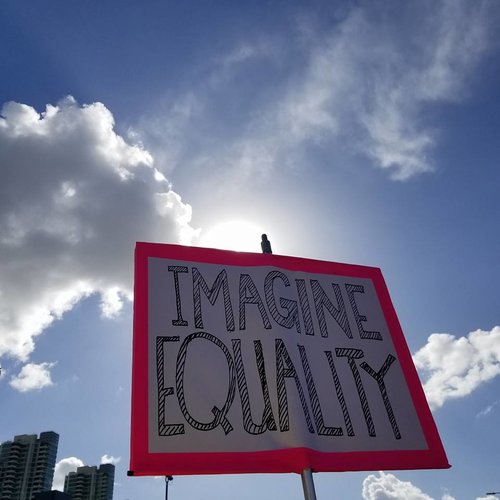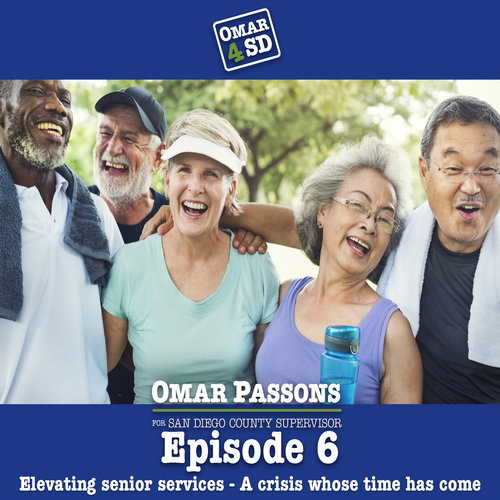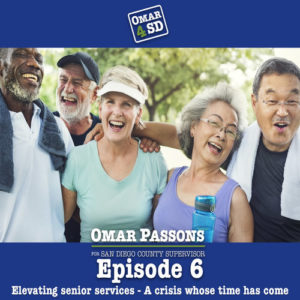Jenna’s battle
Editor’s note: April is Sexual Assault Awareness Month. We turned over our campaign blog to people in our community to share their perspectives. On the last day of the month, we share the following.
In all “survivor” accounts of rape, sexual assault, or harassment there is always a venue where the crime took place. A venue that has been given greater attention recently is that of sexual harassment in the workplace. This was brought to light recently in the mainstream media by Hollywood actresses made to feel unsafe in their workplace on sets, in their trailers, at parties, and in meetings. While most of us do not have a workplace with a so called “casting couch”, there are all manner of workplace sexual harassment that can take place from the C- Suite to the mailroom to the parking garage. When someone is made to feel uncomfortable in their workplace due to a colleague harassing them directly or by creating a hostile work environment it can have detrimental and rippling effects throughout the work and personal life of the victim and their family.
When “Jenna” landed her dream job, she never thought it would end up in a courtroom with her being interrogated about what she wore to work, how late she stayed at the office, how many hours she spent in her supervisor’s office, and how “active” her dating life was. She never expected to be shamed in a public venue about totally inconsequential details of her life being made to look like she invited unwanted sexual advances in her workplace. After the first day of court she broke down in tears and refused to go back. It was only with a strong support system of family, friends, and colleagues by her side that she returned to court the following day, shaky, angry and upset. Because Jenna had the access to resources, finances, and a strong support system, she was able to file charges, have her supervisor arrested, brought to trial, and convicted. Following the successful conviction of her abuser, Jenna moved back home with her parents, deleted her social media presence, and is on medication to help control the anxiety and depression she has been dealing with as a result of the abuse she suffered. She is working to pay off lawyers fees, therapists bills, and pharmacy costs associated with her loss of income, trial costs, and recovery. With the help of her therapist, Jenna is building her career back up, and hopes to be at her previous “dream job” level within the next year or two.
The aftermath that a victim of workplace sexual assault or harassment has to deal with is rarely investigated, but there is often a pileup of financial, emotional, and mental costs that the courts do not deal with. These myriad costs can deter victims from coming forward, thus preventing perpetrators from striking again. This re-ignites the cycle of abuse, and the underreporting and re-victimization can continue unabated. In order to make victims of workplace sexual assault or harassment feel safe in coming forward there needs to be a clear pathway of support, from reporting all the way to post-conviction recovery, so that all victims can advocate for themselves and stop the cycle of abuse in its tracks.
If you have been a victim of rape or sexual assault please remember that you are not alone. There are resources to help:
RAINN: https://www.rainn.org/national-resources-sexual-assault-survivors-and-their-loved-ones
National Sexual Assault Hotline: 800.656.HOPE
National Street Harassment Hotline: 855.897.5910
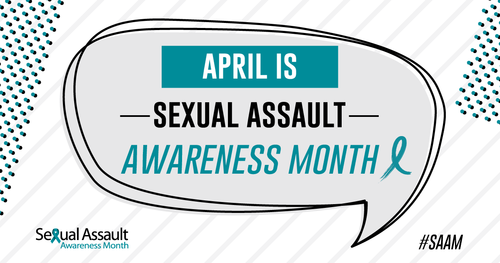
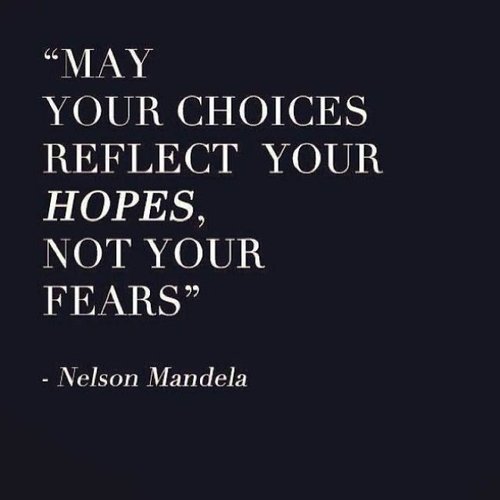
![[Special Episode]: The San Diego Union-Tribune County Supervisor Endorsement Interview](https://www.omarpassons.com/wp-content/uploads/2018/01/Podcast-Special-Episode2.jpg)
